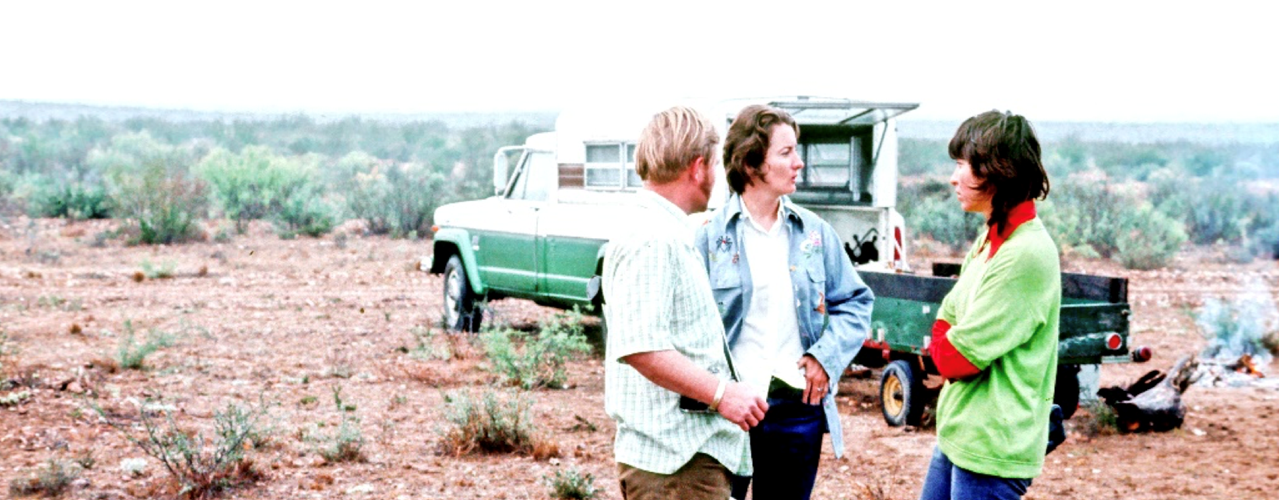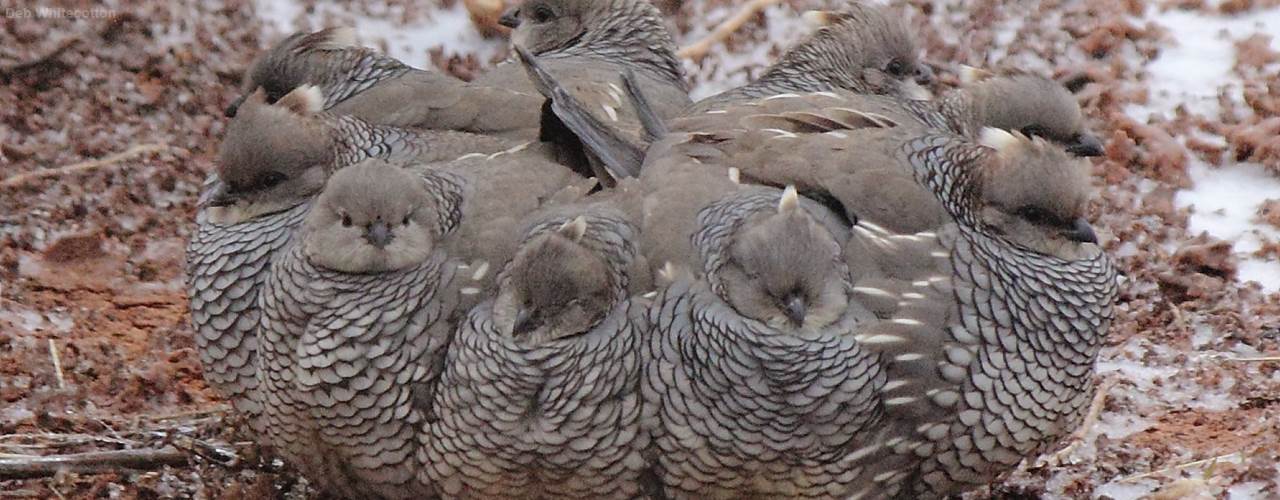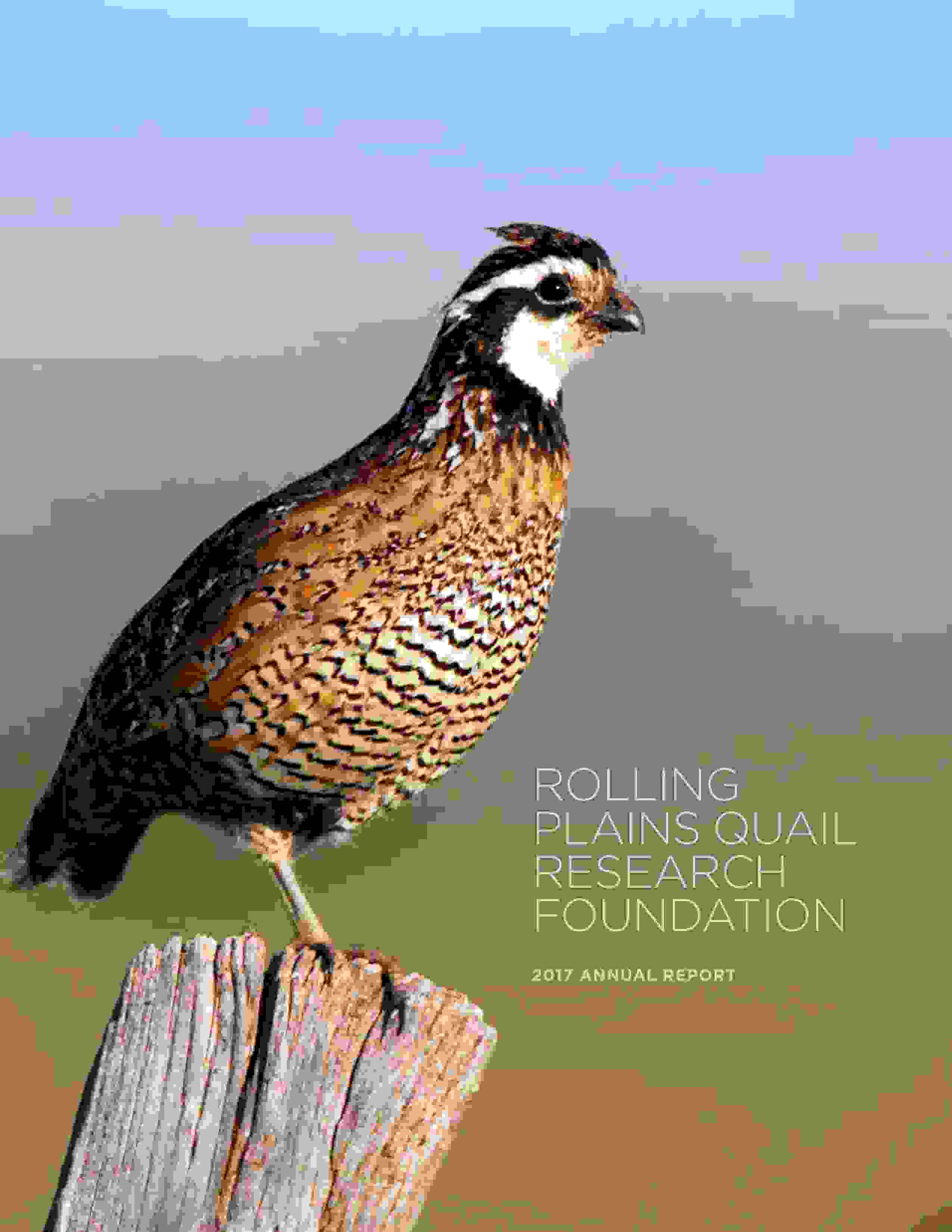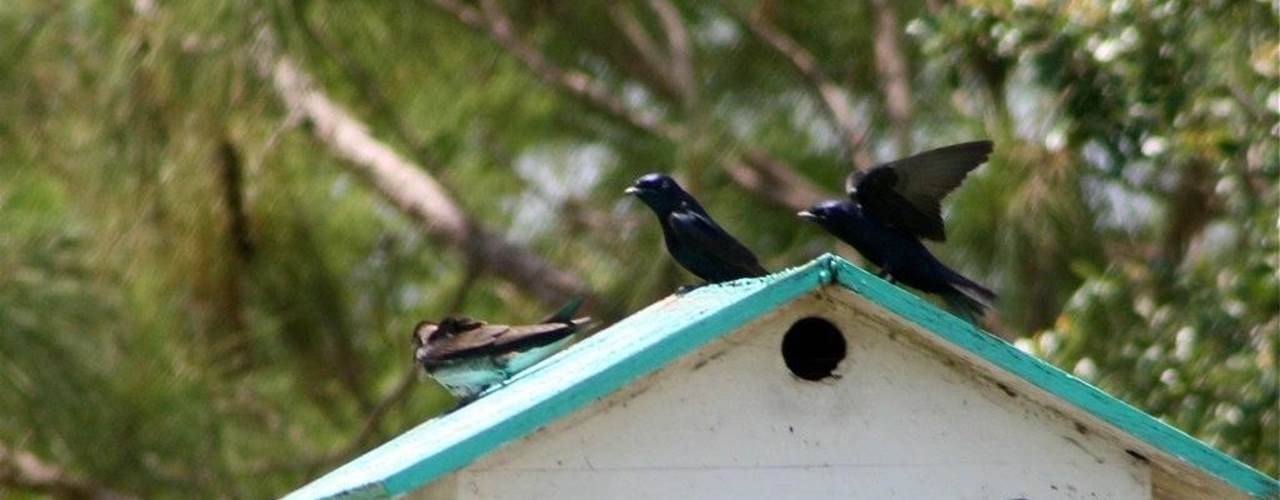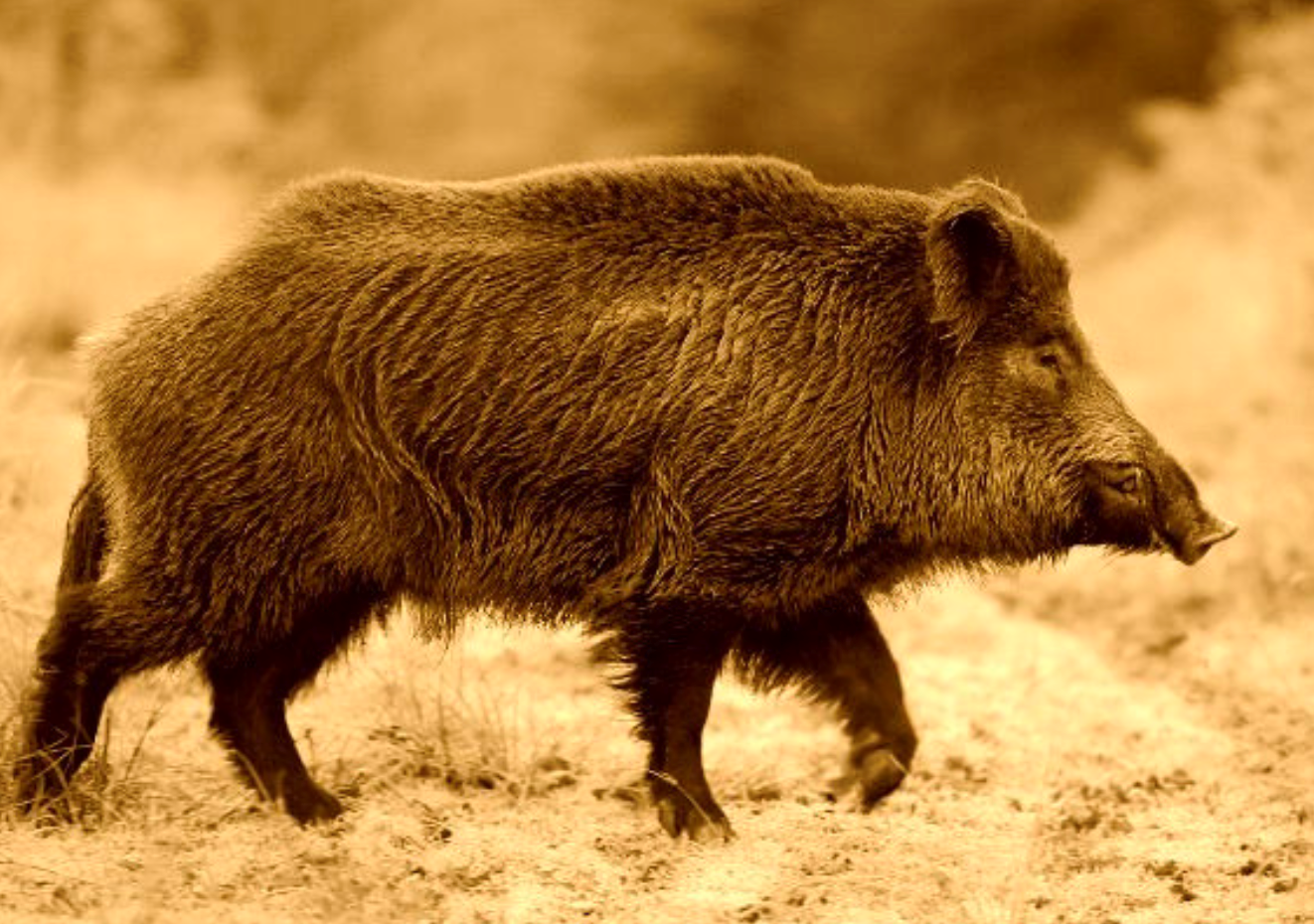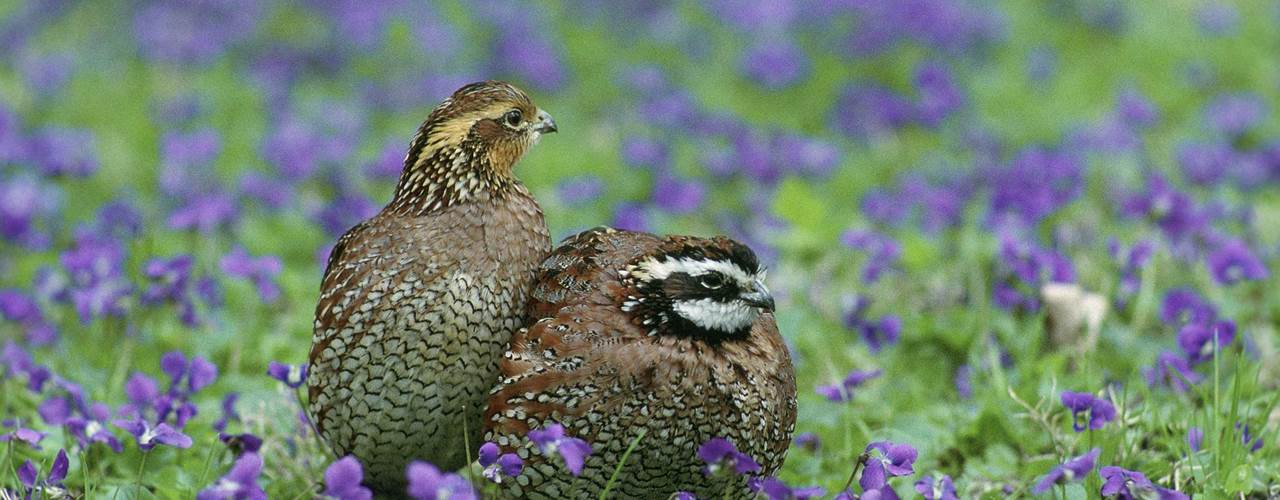Mutual Relationships in the Wild: A fundamental trait of the Texas Herpetological Society
Drs. Ryberg and Hibbitts are two of Texas A&M Natural Resources Institute’s (NRI) research scientists whose work includes diagnosing and resolving complex problems in conservation biology with a focus on herpetology to be applied to natural resource management solutions. As with most scientists, their work derives from a passion to understand, to explore and to make an impact in their field. The work-life balance of a scientist is quickly translated to work-life integration where traces of their passion can be found out of the lab, acting as more of a fulfilling extension of their life.



